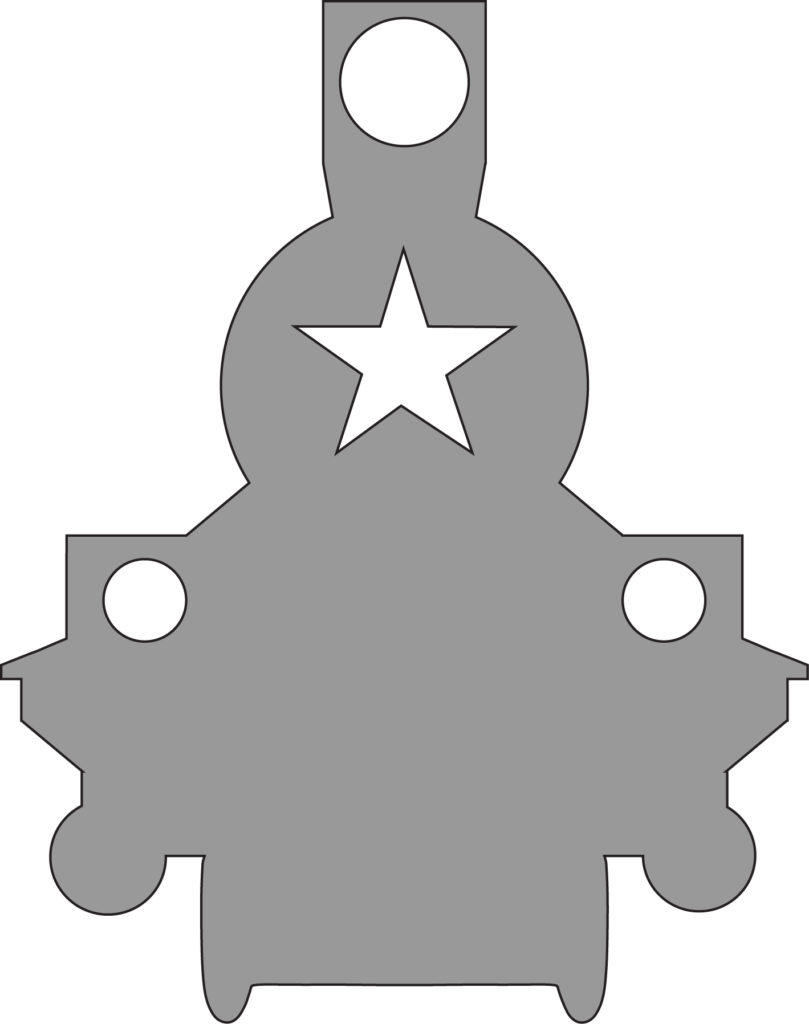
In August 1939 the Molotov-Ribbentrop Pact was signed between Nazi Germany and the Soviet Union, dividing Poland between the two powers. This had profound repercussions for artist Diana Forster’s mother – Anna Sokulska Forster – and her family. Their pleasant life changed forever when Soviet troops arrived in Eastern Poland in February 1940.

The Soviets arrived with lists of people who were deemed to be enemies of Russia and who had been identified for immediate deportation to labour camps in Siberia. These lists included soldiers who had fought against the Russians (like Anna’s father in the Polish-Soviet War of 1919–1921), teachers, priests, professors, scientists, and lawyers, together with their wives and children. Those who were to be deported were woken very early on 10 February 1940 by Soviet troops knocking on the door. Sixteen-year-old Anna, four of her siblings who were at home, and her parents were given a couple of hours to collect together a month’s supply of food from the loft, warm clothes, bedding, personal valuables and any money they had. Anna was sent into the loft to collect the food and she never forgot the soldier standing at the bottom of the ladder with a bayonet fixed to his rifle. She packed her Polish National costume amongst her other clothes. The family had to leave behind their dog and hope that someone would look after him. Their home and the entire small holding on which they had worked so hard was turned over to the local authority.


The family was taken first to the local school and from there by sledge to the train station in Radziechow, a nearby town. There they were packed with other families into overcrowded cattle trucks lined with wooden bunks, and the doors were locked. The train set off for a journey of about three weeks in freezing temperatures. They didn’t know how long they would be on the train or where they were going. In the evening, when it stopped at a station, the door bolts were removed and a few men from each truck emerged under guard, with buckets to collect water and sometimes bread and soup. Toilet arrangements in the trucks were simply a hole in the floor, which the deportees screened off as best they could. People who had been living comfortable, happy, secure lives just a few days before had been stripped of all control and were now subjected to unspeakable conditions by people who did not care about them and would make all the decisions about their future lives. Exact numbers are not know for certain, but it is estimated that 17,206 families (around 89,062 people) were deported from Eastern Poland in this way on 10 February 1940. Hundreds of thousands more were deported over the following months.

